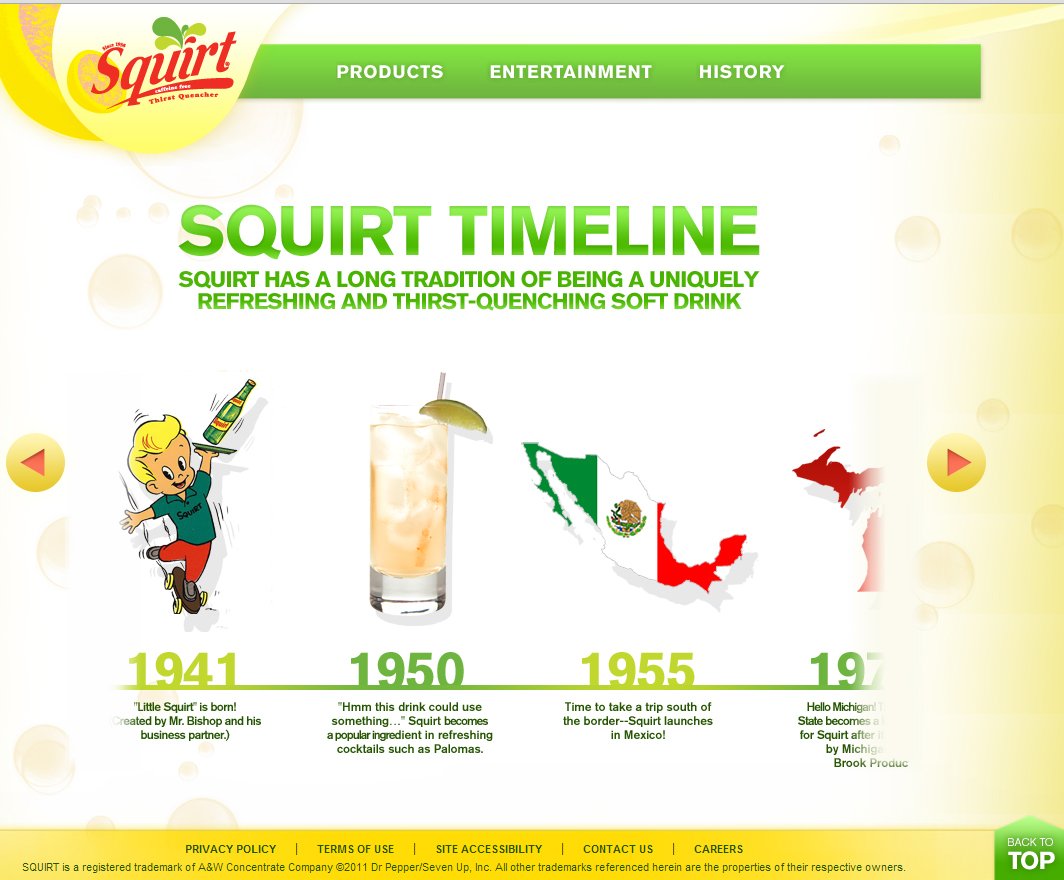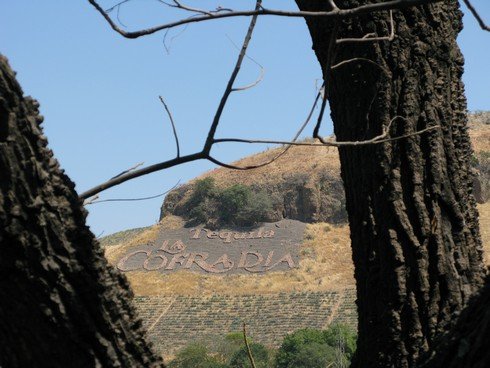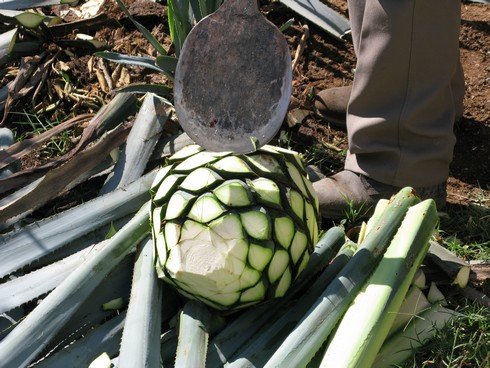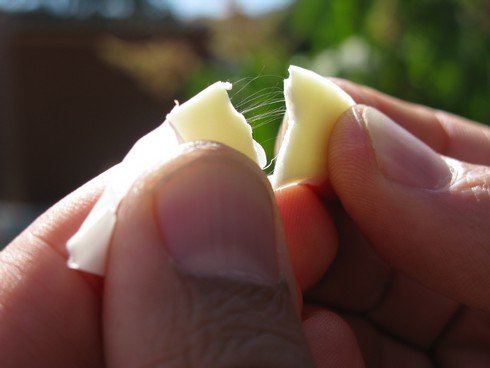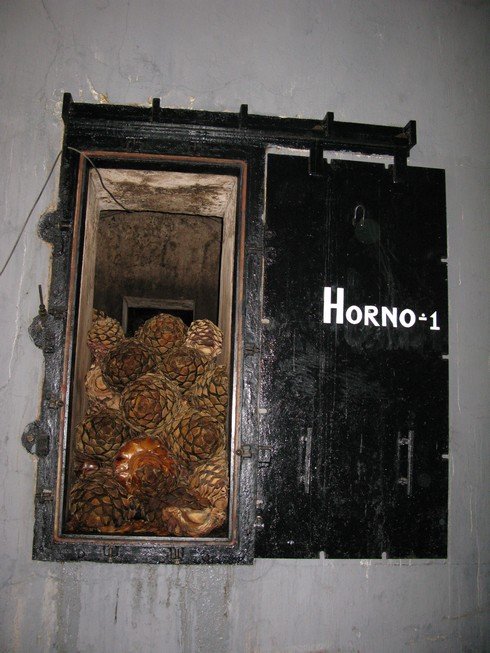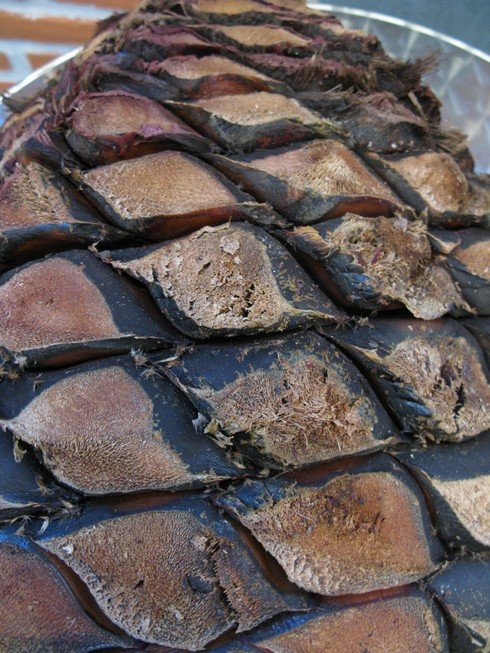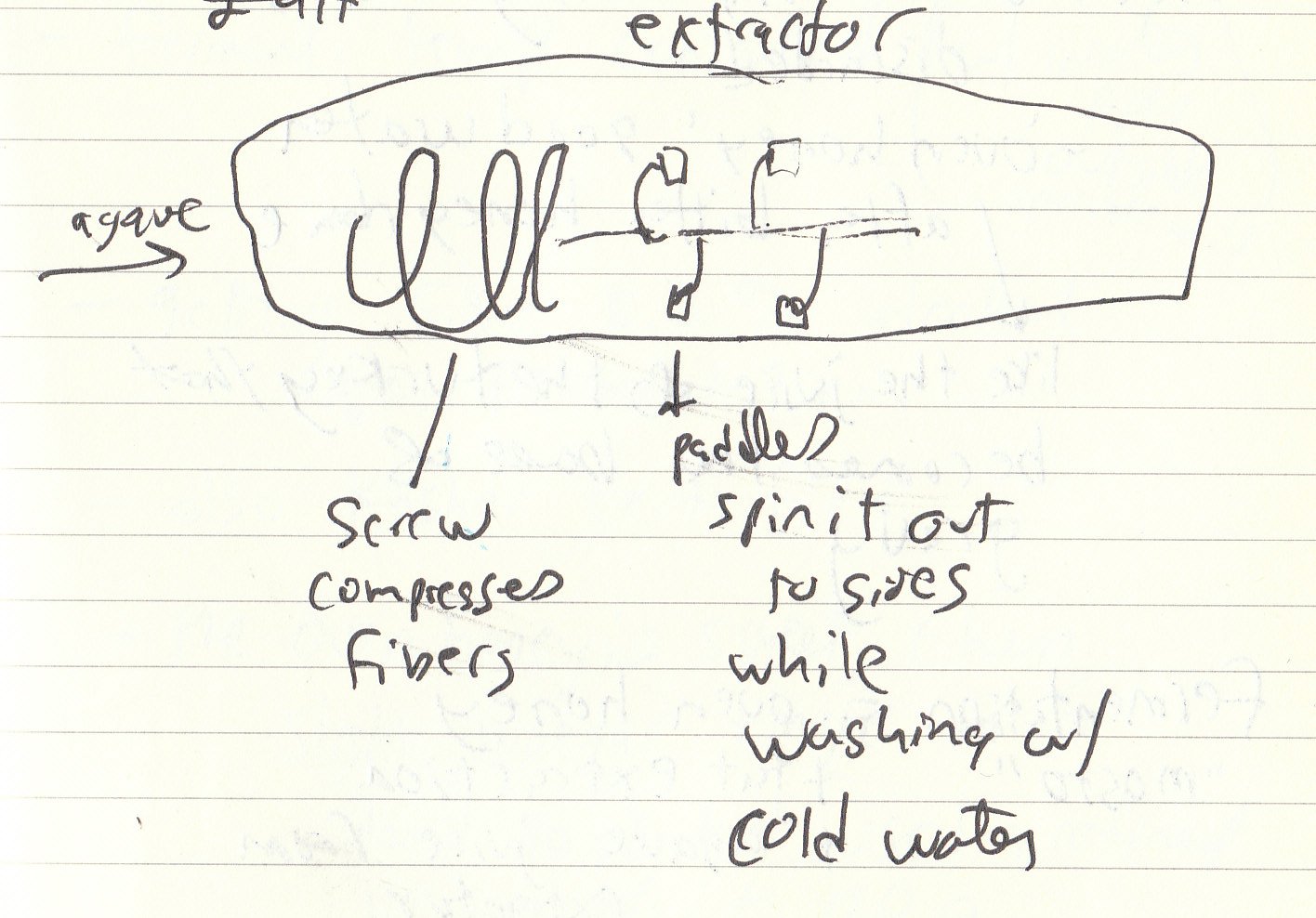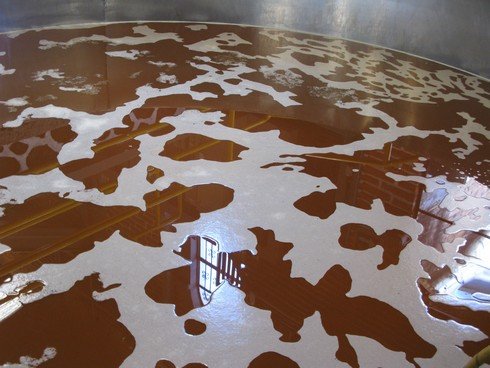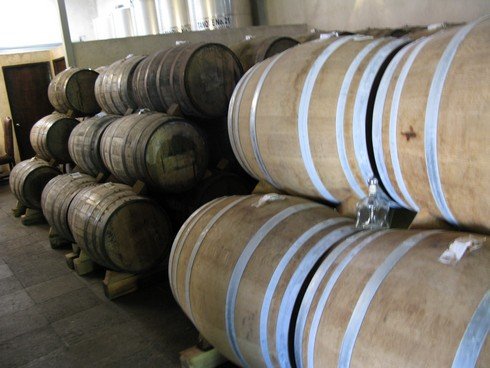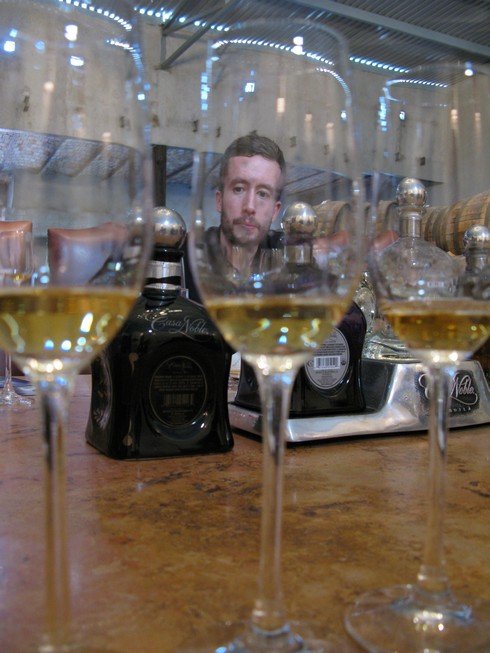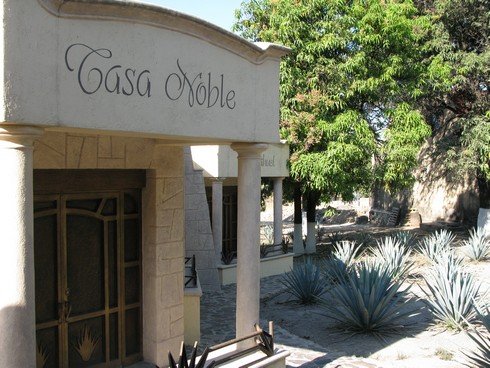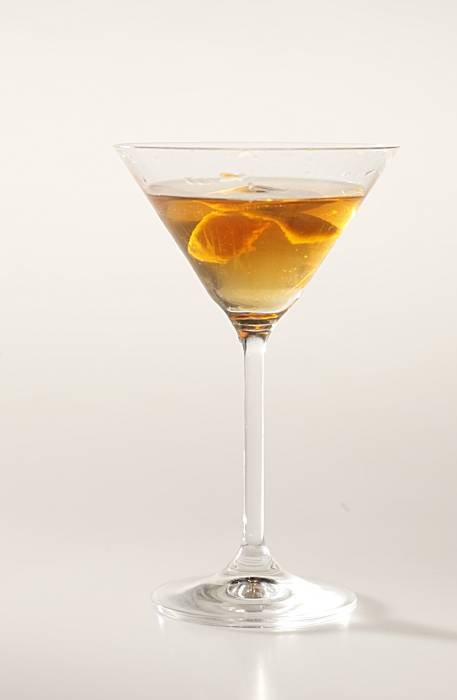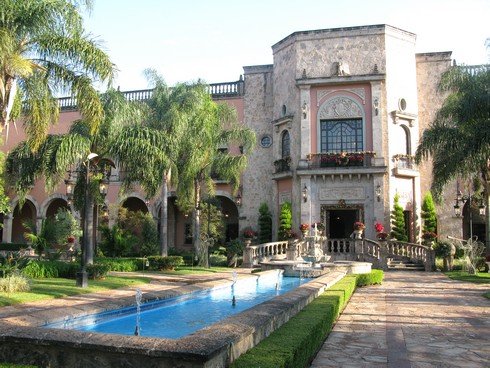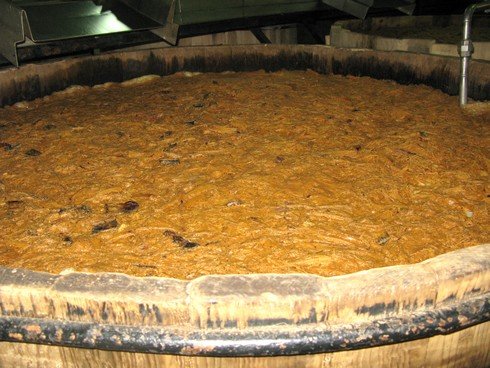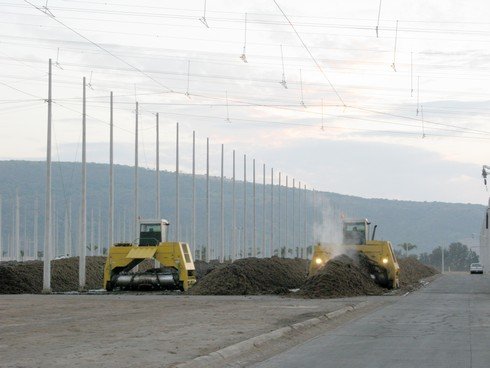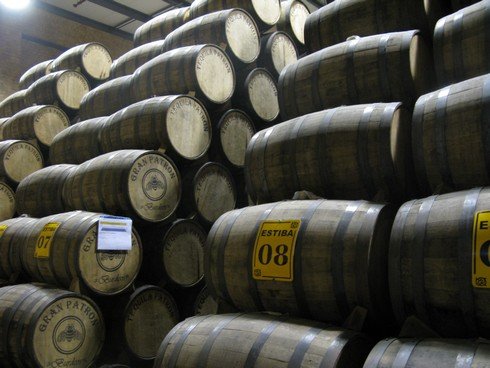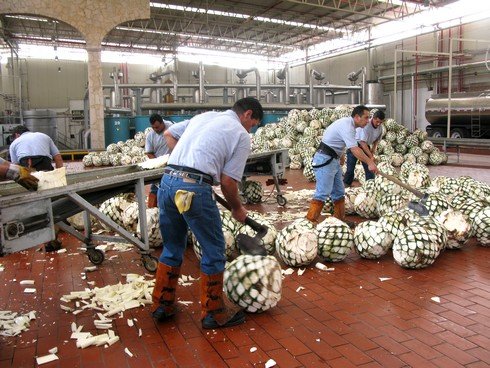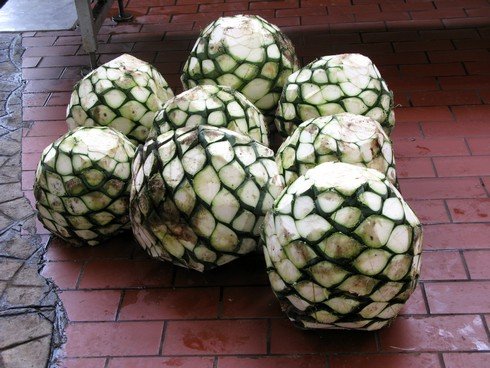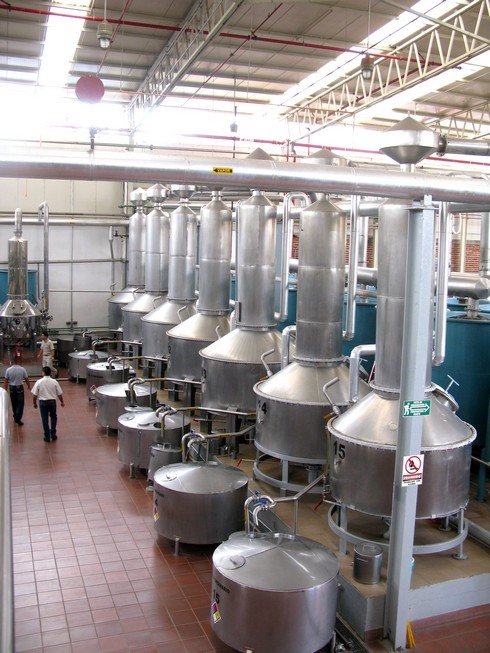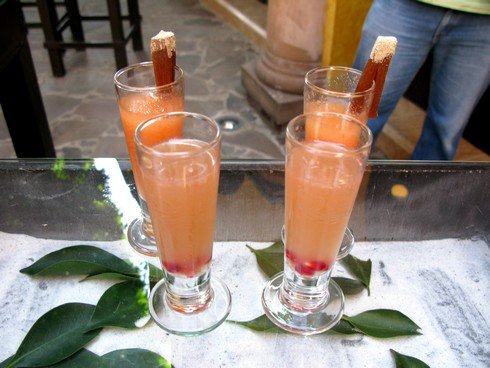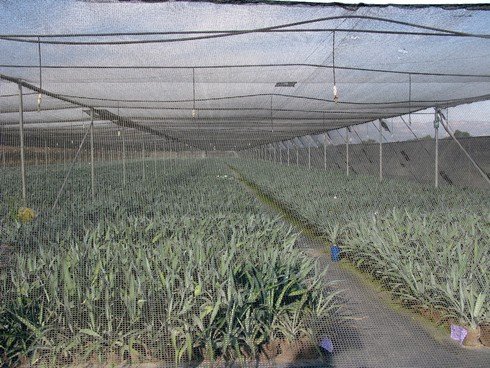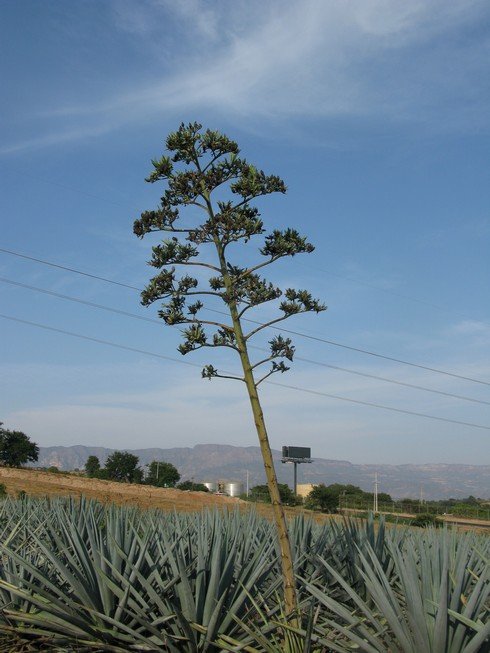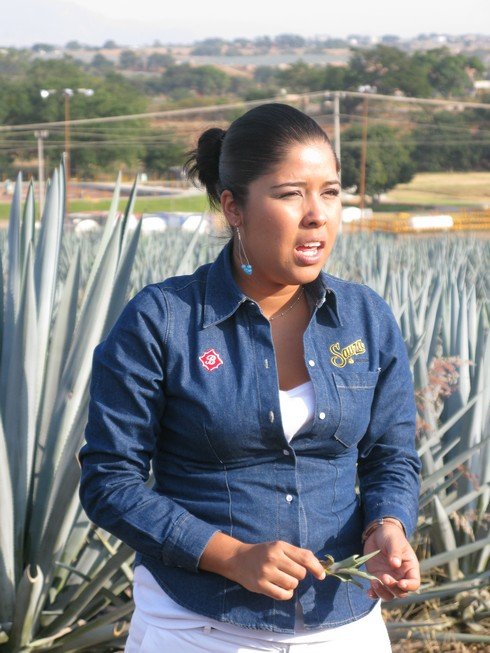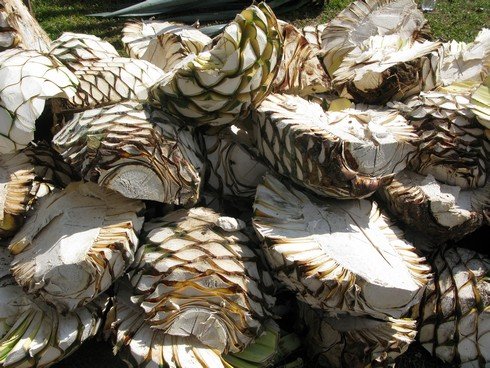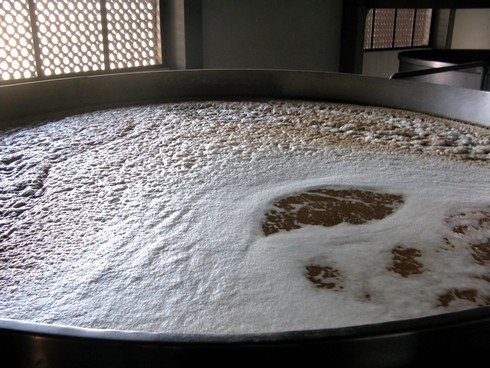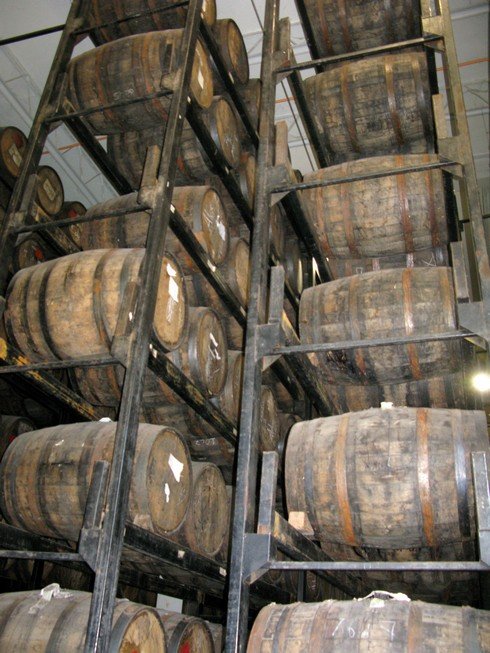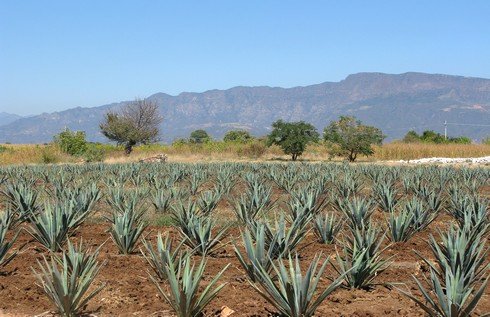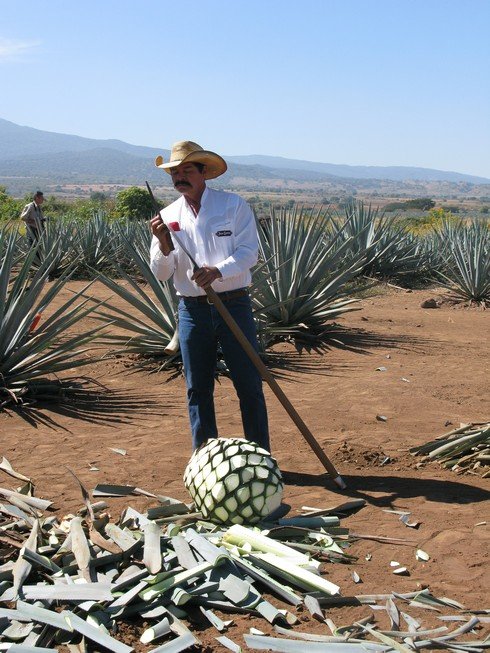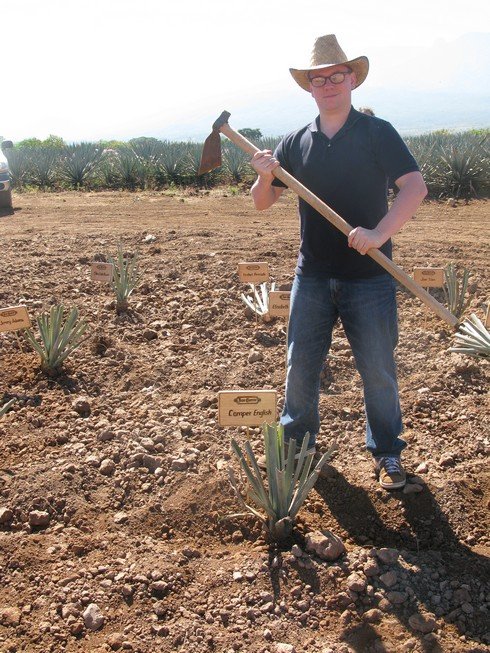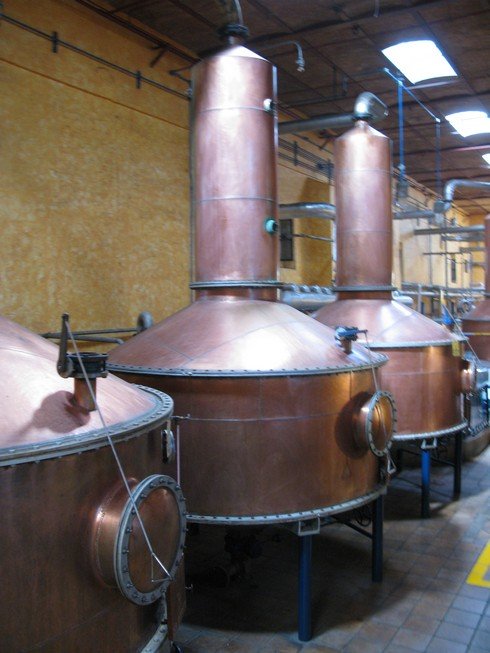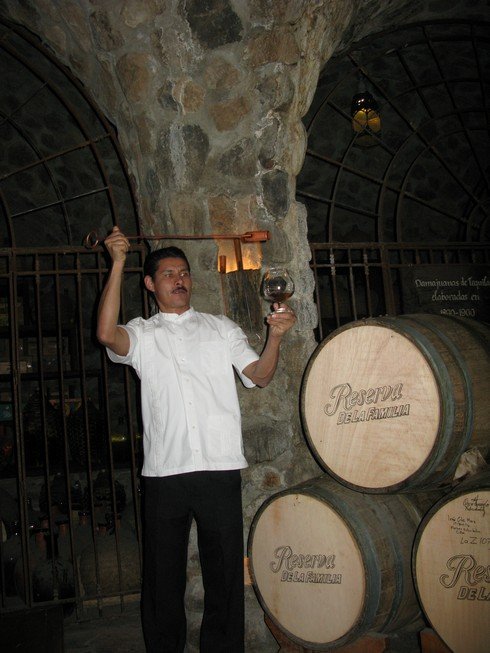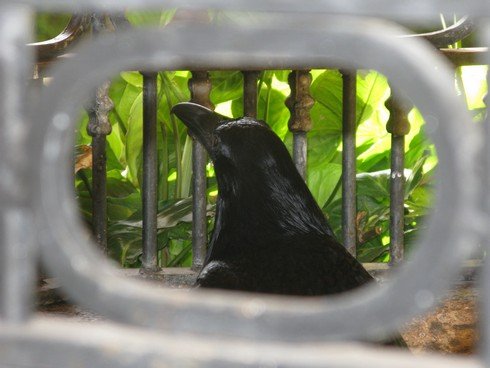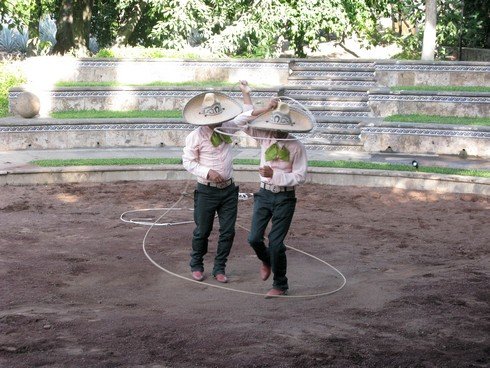I'm still searching for the first book reference to La Paloma, the cocktail with tequila, grapefruit soda, a squeeze of lime, and a dash of salt. However we know enough information about the drink's history – especially the false parts of the drink's history – to push the conversation forward.
Finding the False Lead: Popular Cocktails of the Rio Grande
For years, the Wikipedia entry for this drink cited a first reference as coming from Popular Cocktails of the Rio Grande, and this reference was cited and spread throughout the internet. Nobody could seem to find a reference to this book though. The answer to this mystery comes from Jeremy Foyd of the Distinguished Spirits YouTube channel. As he mentions in his video entry for the Paloma, the reference is a clearly fake.
Jeremy Foyd and I emailed back and forth about it, and here's what Foyd had to say:
In terms of Popular Cocktails of the Rio Grande, I really dug into that one. The book was not registered with the Copyright Office and no one named Evan Harrison has registered works. That doesn’t mean anything definitively if it was self-published, but if it was self-published, it may also be a red flag in terms of authenticity.
The references to Rio Grande only date back to when it first appeared on Wikipedia. The first references to Rio Grande popped up almost a year to the day when it first appeared on Wikipedia. The first reference to Rio Grande was Feb 17 2013 and Rio Grande was added to Wikipedia on Feb 16 2012. Its first entry on Wikipedia was not cited in the References and Sources sections. The entry was made at 2am from a cell phone in Connecticut. The location in CT was about 2 hours outside Cambridge, MA.
The subsequent 12 changes to the Rio Grande Wikipedia entry all happened between Nov 9, 2013 and Nov 30, 2013. Each entry, with the exception of one, was made from an IP address in Cambridge, MA. All of the entries embellished, changed and gave more and more elaborate and obviously bogus details to the story. One of the changes was the following:
The first published recipe for The Paloma is attributed to Evan Harrison in a 1953 pamphlet entitled, "Popular Cocktails of The Rio Grande" but it was thought to be created by rival tavern manager Manuel Gonzales who named it for his true love. Manuel had courted her for many years but when Evan published the drink in his pamphlet Manuel in a fit of jealous rage arrived to her small pueblo of La Guadalupe del Tortugas and shot both her and himself in front of her family at her Fiesta de quince años . Legend has it his last words were "con limon, no es pomelo." Which is a crazy story, because is means the rival tavern manager started courting this girl when she was 11, in order to kill her at her 15th birthday party 4 years later. But such was life in 1950's Mexico.
Clearly just spam. Then a moderator pulled the reference to Rio Grande from the Wikipedia page and no one tried to add it back.
There is a bartender who has worked at several bars in the Cambridge area named Evan Harrison. He currently works at two places, one of which, Mamaleh’s, he owns a piece of. Evan’s jokey profile on Mamaleh’s website says, "EVAN HARRISON. OWNER / BAR MANAGER. Is a bartender from Texas with a dual degree in feminist studies and a language he doesn’t speak who, according to some sources, invented the Paloma cocktail fifty years before he was born."
Here’s my hypothesis on this situation, it seems like Evan or Evan’s buddies, put this up on Wikipedia maybe as a joke. Then almost two years later, elaborated on that joke to make it obvious that it was spam. When the adult in the room caught on, they pulled the reference and the pranksters let it die. But by then it had already been cited in a couple blogs and other bloggers just passed along the bogus info.
Anyway, looking at all of that has made me fairly confident that this was a joke that got out of hand and I’m certain that Popular Cocktails of the Rio Grande does not exist.
Excellent sleuthing Mr. Foyd.
8/24/18: Update to this story: I received an email about the Harrison Hoax which clears things up. It turns out that wasn't the only drink that lead to some false founder assertions on the internet. A bartender writes:
In 2009 a couple of ridiculous jokesters from Drink [Boston] decided to make changes to some wikipedia pages on cocktails to see who would notice it. No one around us except our friends cared about drinks and we were curious how long it would take to see it changed back (I won't reveal the exact people who made this change). There were some funny consequences. From what I remember the following edits were posted: Misty Kalkofen invented the Margarita,Scott Marshall invented the Mai Tai, John Gertsen the Sazerac, Josey Packard the Old Fashioned, and I was listed as inventing the Bijou (which wasn't edited out until about 2 or 3 years ago).
Don Javier of La Capilla
The other popular theory is that the Paloma was created by Don Javier of the famous bar in the town of Tequila, Mexico, called La Capilla. Don Javier has denied creating the Paloma, according to Jim Meehan in his new Meehan's Bartender Manual.
The Squirt and Grapefruit Connection
Meehan reached out to me a while back as I had done some research on the Paloma for a presentation I gave years ago. Meehan says in his book that he first saw the recipe in David Wondrich's 2005 book Killer Cocktails, and further that "Neither the combination of ingredients nor the name appears in any recipe guides before this, despite Squirt's being imported to Mexico in 1955 and the maker's claim that it became popular as a mixer in cocktails like the Paloma in the 1950s."
The latter bit of information about Squirt came from my research. I found the following curious timeline on the Squirt website. It claims that the soda was used for Palomas in the early 1950s, yet it wasn't exported to Mexico until 1955. (If we take this to be true, that means the Paloma is actually an American drink.)
Here is what I found researching grapefruit sodas and grapefruit generally:
Squirt soda was invented in 1938 in Phoenix, AZ. As far as I can find, it was the first commercial grapefruit soda. Other grapefruit sodas are:
- Squirt created 1938
- Rummy, a short-lived soda created in 1948
- 1950 Jarritos created (no grapefruit initially)
- 1955: Squirt first exported to Mexico
- 1966: Fresca invented
- 1976: Ting created
Grapefruit production in Mexico didn't take off until the 1960s, according to some citrus research I did.
My belief, based on intuition ab0out how cocktails come to be and the timeline of grapefruits in Mexico, is that the Paloma never existed before grapefruit soda did. I doubt that there is a tradition of fresh grapefruit used in the Paloma, but that's yet to be proven.
Back to David Wondrich, via Jim Meehan's book: "According to Wondrich, 'In the 1940s, you start seeing references in Mexico to 'changuirongo,' which is simply tequila cut with soda- any kinds, from ginger ale to Coke to whatever.'"
This aligns with my beliefs as well – people put spirits into sodas, and eventually someone put squirt with tequila and figured it was delicious. Though I never trust any definitive history of a spirit-and-soda highball, I'd still love to find the first reference to this drink.
A Squirt advertisement from 1963, visible here (the carousel ad), mentions tequila by name (along with other base spirits) with Squirt.
Wondrich responded to this post on Twitter with an ad from 1973, in which Squirt advises you to try it mixed with your favorite drink: gin, vodka, whiskey, rum, or tequila. They don't call out the Paloma by name, but neither do they for any of the others.
This, from the St Louis Post-Dispatch (1973) might be useful: pic.twitter.com/dhlvNrbRMQ
— David Wondrich (@DavidWondrich) November 29, 2017
Wondrich further tweeted that the first reference he's found by name doesn't come all the way until 2001:
Also, the first mention of the drink by name I've been able to find is from a Scripps-Howard article from 2001, on Sacramento.
— David Wondrich (@DavidWondrich) November 29, 2017
And then mid-tweeting, he found an earlier book reference from 2000:
Actually, I see from my notes there's a Virgin Paloma in Cowboy Cocktails, by Grady Spears and Brigit Binns, from 2000 (they say you can also add tequila). Crazy late, as you say.
— David Wondrich (@DavidWondrich) November 29, 2017
So then our goal as researchers is to now find the first reference to the Paloma in a book, ideally before Wondrich's Killer Cocktails from 2005 Cowboy Cocktails in 2000.
Below is what I've found (or rather, not found):
Searching for the Paloma in Vintage Cocktail Books
Jeremy Foyd says, "I’ve got the 1947 Trader Vic’s Bartender’s Guide and the Paloma is not in that one. The only tequila drink is the El Diablo."
He follows, "I have 4 Floridita books from 1939. I didn’t see any Palomas in them. However, there is a Tequila Cocktail in each one that is basically a Tequila sour. The Tequila Cocktail was the only drink with tequila in it in each book."
I asked Marcovaldo Dionysos, who owns a ton of cocktail books from this era, about the drink. I thought it might turn up in the old Esquire cocktail books, which are a great source of first references to many drinks. He wrote, "
No luck on the Esquire books. 1949 & 1956 have no Paloma. I found a Paloma in a book published in Madrid in 1957 (El Bar en el Mundo), but it’s a different drink (gin, orange juice, Cointreau). No mention in the Trader Vic books, even in his Book of Mexican Cooking (1973).
I think of the Paloma as a Mexican drink with just tequila and Squirt, with maybe a squeeze of lime and a sprinkle of salt, though it has gotten the craft bar treatment in the last 10-15 years or so. I’m not sure when it would have been first mentioned as a proper drink.
So, do you, dear reader, have any cocktail books written between say 1940 and 2005 that you can check for me? I don't know where we'll find the Paloma, but we can certainly eliminate some books. For example:
- 1937: The Cafe Royal Cocktail Book lists both tequila and grapefruit in the book, but not in the same recipe.
- 1948: I have the Mud Puddle Books printing of David Embury's The Fine Art of Mixing Drinks (I'm not sure if this is the 1948, 1952, or 1958 edition or a combination of all three). It is not in this book, despite it mentioning a Tequila Collins, Tequila Fizz, and Tequila Sour.
Let me know if you find anything!
Here's another one that came in over Twitter:
C.2004 Shaken and Stirred, William L. Hamilton, page 63-65. Author's recollection from Sueños, 311 West 17th Street pic.twitter.com/JfZn6HPtOb
— Rich Delorme (@RichardElm) November 29, 2017
Update! David Wondrich found a 1950 Squirt ad, not the Paloma by name but the drink:
The secret history of the Paloma, in three pictures: pic.twitter.com/gdEZZcHIMC
— David Wondrich (@DavidWondrich) September 14, 2020
